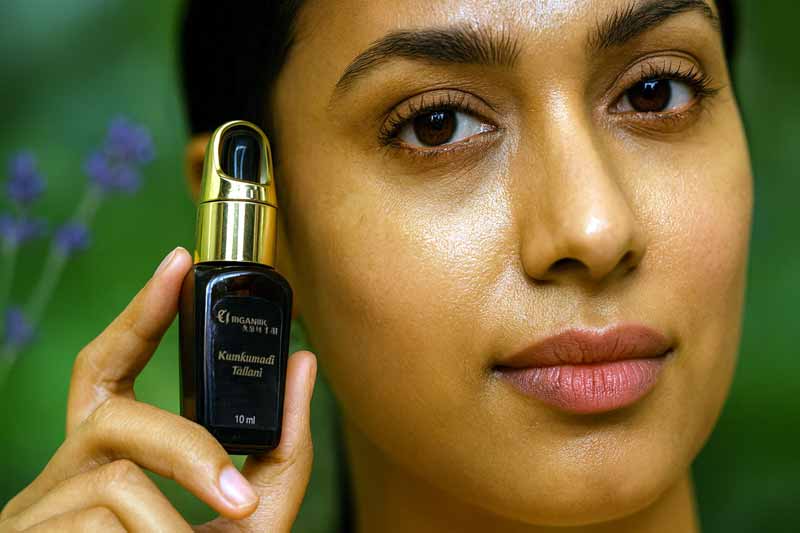Introduction
-
“Face serums are often called the ‘active’ core of skincare routines.”
-
Goal: help your readers understand what serums are, how to pick one, and how to use it properly.
What Is a Face Serum?
-
Lightweight, high-concentration formulations
-
Typically water + active ingredients (vitamins, peptides, acids, botanical actives)
-
Meant to penetrate deeper than creams
Why Use One? Key Benefits
-
Targeted treatment: anti-aging, brightening, acne, hydration
-
More effective delivery of actives
-
Can boost overall routine performance
-
Allow layered treatments
Common Ingredients & What They Do
-
Hydrators: hyaluronic acid, glycerin
-
Antioxidants: vitamin C, niacinamide, resveratrol
-
Exfoliants / acids: AHA, BHA, retinol, etc.
-
Peptides, growth factors, ceramides
-
Botanical extracts, adaptogens
Matching Serums to Skin Type / Concern
-
Dry / dehydration: hydrating serums, ceramides, squalane
-
Dullness / pigmentation: vitamin C, niacinamide, licorice extract
-
Aging / fine lines: peptides, retinol, collagen boosters
-
Acne / blemish-prone: BHA, salicylic, azelaic acid
-
Sensitive skin: simple formulas, patch test, fragrance-free
How to Use a Face Serum (Step by Step)
-
Cleanse → tone (optional) → serum → moisturizer → sunscreen (AM)
-
Order of layering: lightest to heaviest
-
Frequency: daily, or alternated (e.g. retinol nights only)
-
Small amount (a few drops) is sufficient
Tips for Maximizing Effectiveness
-
Use with proper pH environment
-
Store in cool/dark place (many actives degrade in light/heat)
-
Let absorption time between layers
-
Avoid combining certain actives (e.g. vitamin C + retinol, or acids + retinol) without caution
Myths & Misconceptions
-
“More is better” — no, overuse can irritate
-
“Serum replaces moisturizer” — often it complements
-
“All serums suit all skin types” — not true


Add Comment